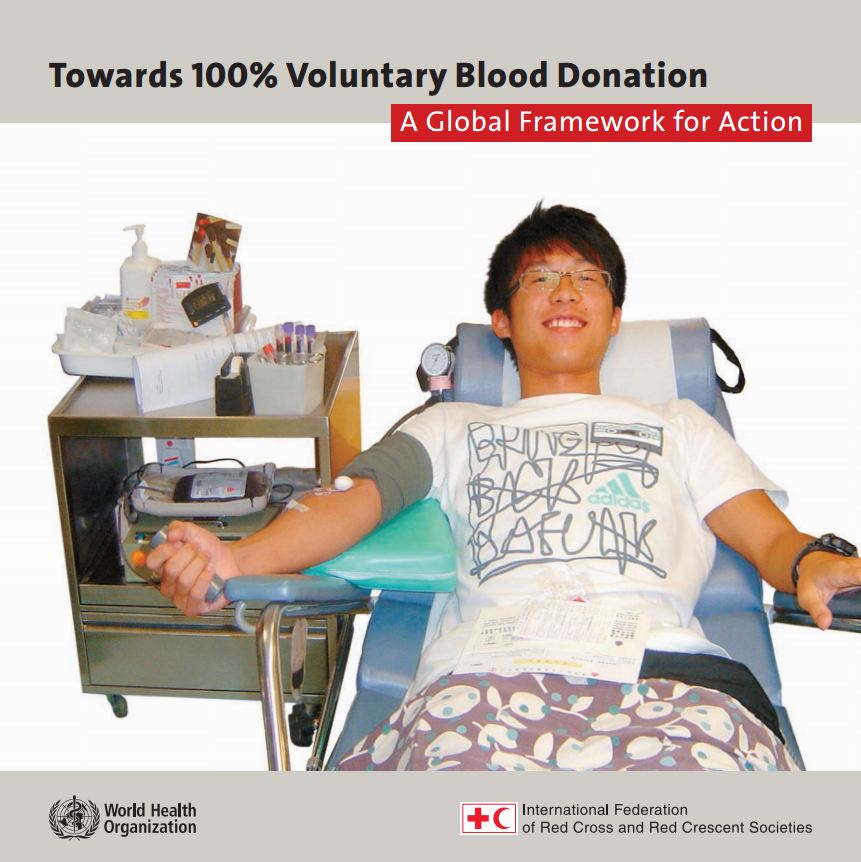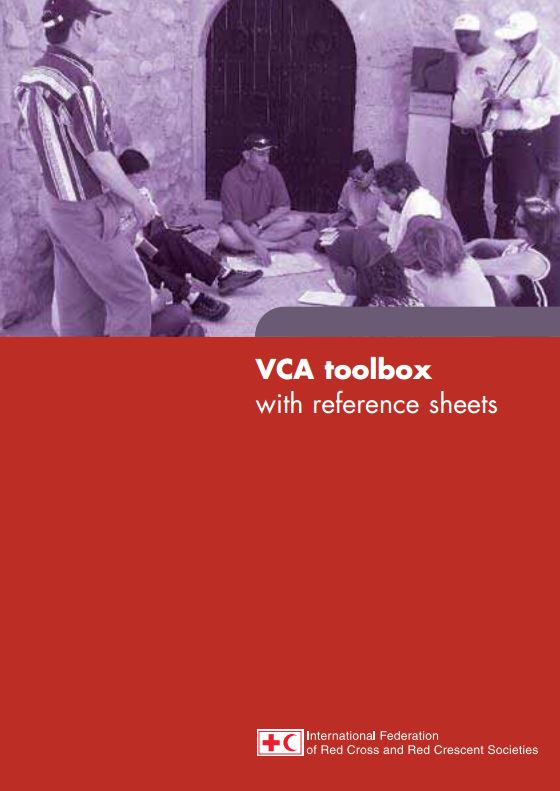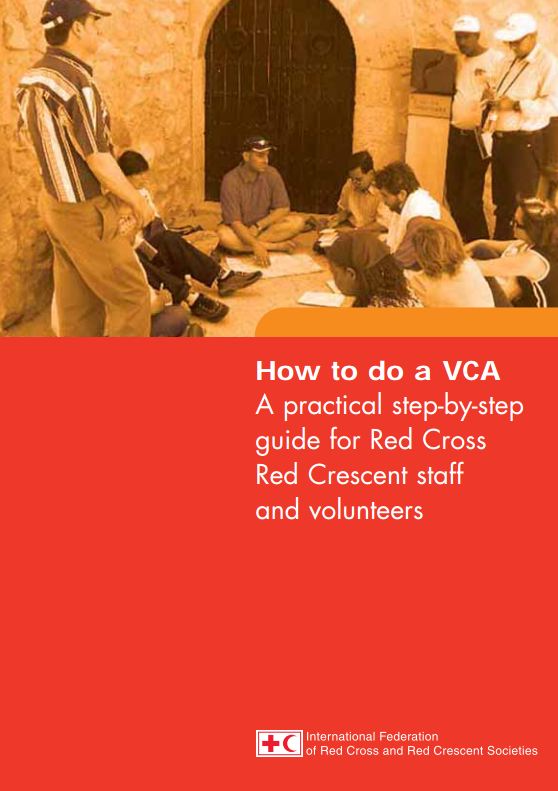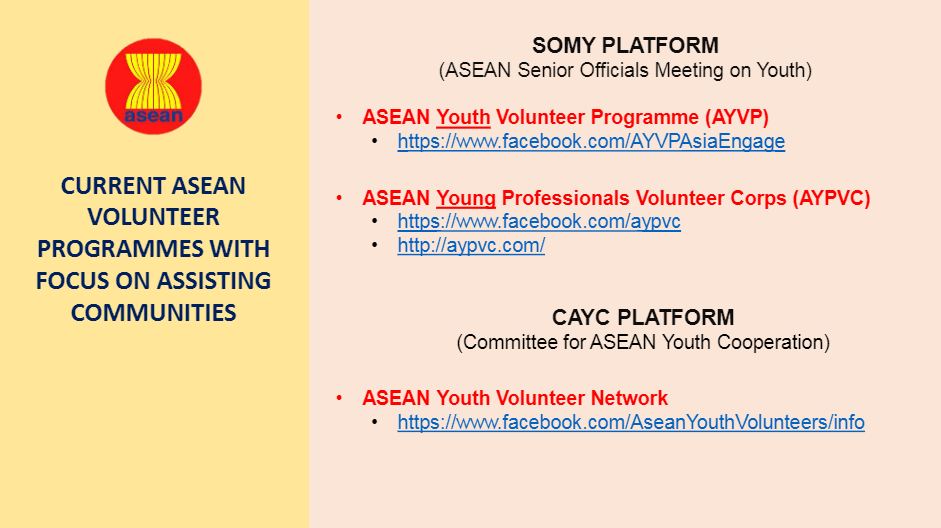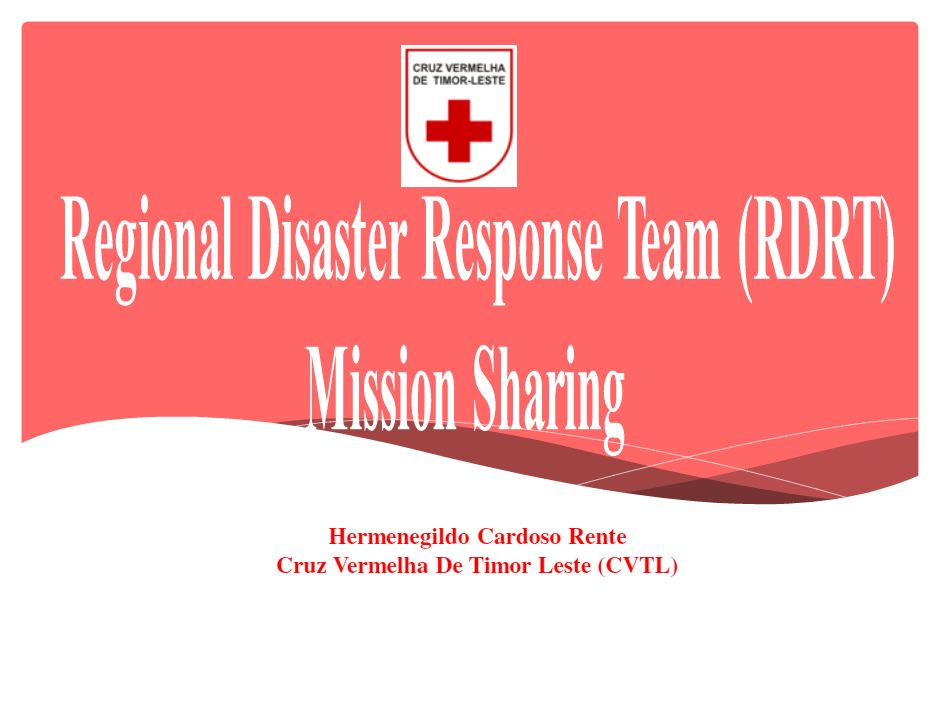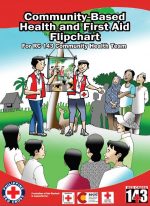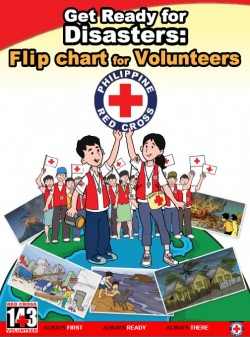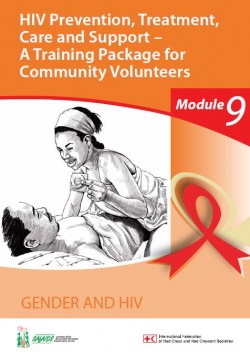Purpose
Towards 100% Voluntary Blood Donation: A Global Framework for Action strengthens the collaboration between WHO and the in the goal to support national blood donor programmes in building a stable base of the safest possible blood donors to ensure the safety, sufficiency and sustainability of national blood supplies for all patients who require it as part of their treatment.
Many of the strategies and proposals for action contained in this document evolved from a series of joint regional and national training workshops for blood donor managers held in the African, Easter Mediterranean, South-east Asian and Western Pacific regions.
Overview
Preface
Acknowledgements
1 Introduction to the global framework
2 Voluntary blood donation: foundation of a safe and sufficient blood supply
Blood transfusion in health care
Sufficiency and security of national blood supplies
Safety of blood and blood products
Why 100% voluntary blood donation?
Challenges in achieving 100% voluntary blood donation
3 The global framework for action
Goal A Create an enabling environment for 100% voluntary non-remunerated blood donation
Strategy 1 Advocate for 100% voluntary blood donation
Strategy 2 Establish a national voluntary blood donor programme
Incorporate 100% voluntary blood donation in the national blood policy and
legislative and ethical framework
Secure sustainable financing
Provide a suitable infrastructure, facilities and equipment
Appoint and train an adequate number of staff and volunteers
Implement quality systems
Establish a national donor database and information management system
Develop an emergency preparedness and response plan
Strategy 3 Strengthen collaboration and partnerships
Goal B Foster a culture of voluntary blood donation
Strategy 4 Understand your blood donors
Strategy 5 Identify target blood donor populations
Strategy 6 Develop communication strategies for donor education and community involvement
Strategy 7 Build partnerships with the media
Strategy 8 Mobilize community partners and create networks
Strategy 9 Maximize the impact of World Blood Donor Day and national blood donor events
Goal C Build and maintain a safe, sustainable voluntary donor base
Strategy 10 Educate, motivate and recruit new blood donors
Strategy 11 Mobilize youth as a new generation of voluntary blood donors
Strategy 12 Convert eligible family/replacement donors to voluntary blood donors
Strategy 13 Recall infrequent, inactive and temporarily deferred blood donors
Strategy 14 Retain suitable voluntary blood donors
Strategy 15 Recognize blood donors’ contribution to society
Goal D Provide quality donor service and care
Strategy 16 Make it convenient for donors to give blood
Strategy 17 Reach out to donors through mobile donor sessions
Strategy 18 Assess donors’ suitability to donate blood
Strategy 19 Provide blood donor counselling
Strategy 20 Make blood donation a safe and pleasant experience
References
Annex
Usage: Guidance for implementation
Audience: Blood donor managers
![]()


